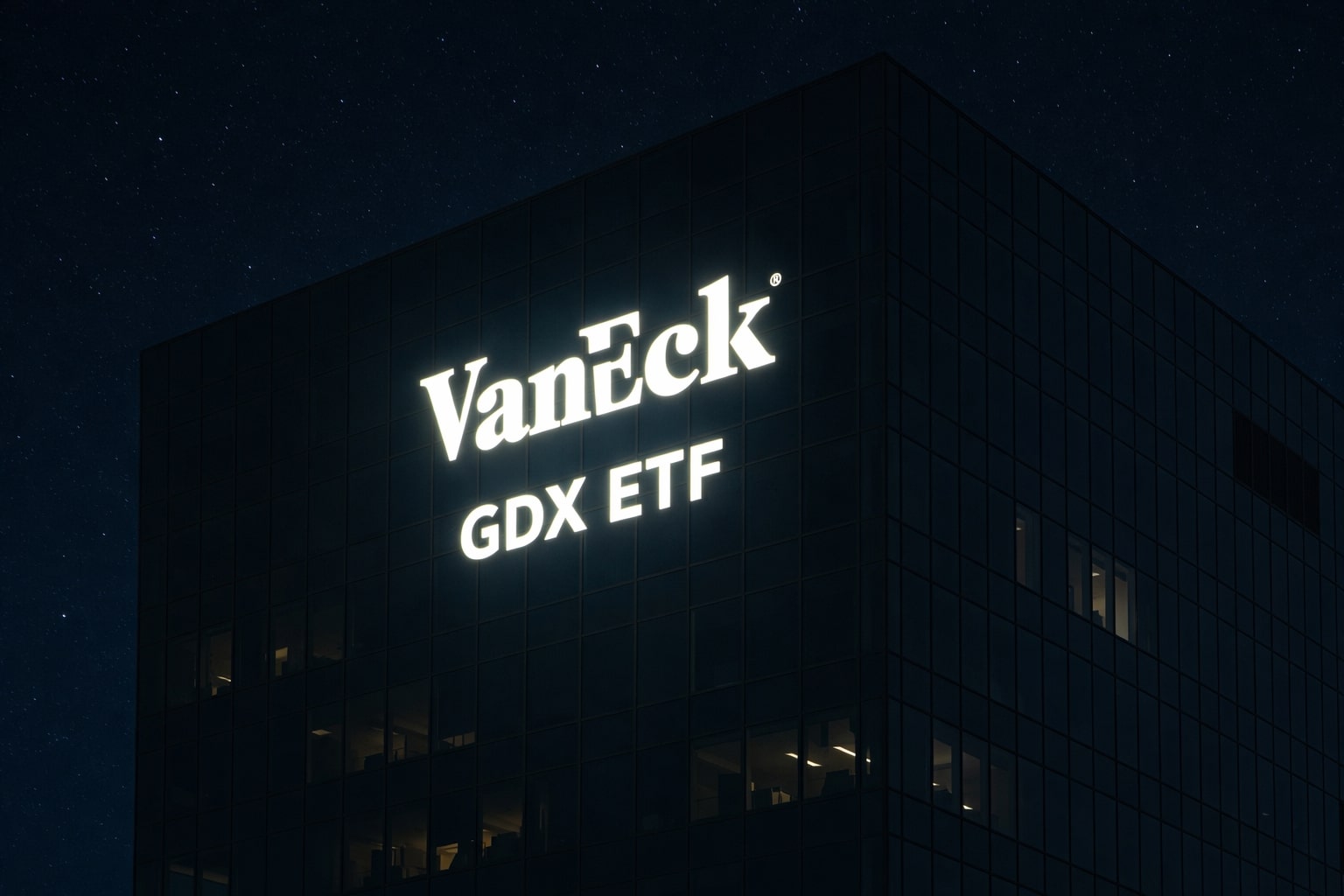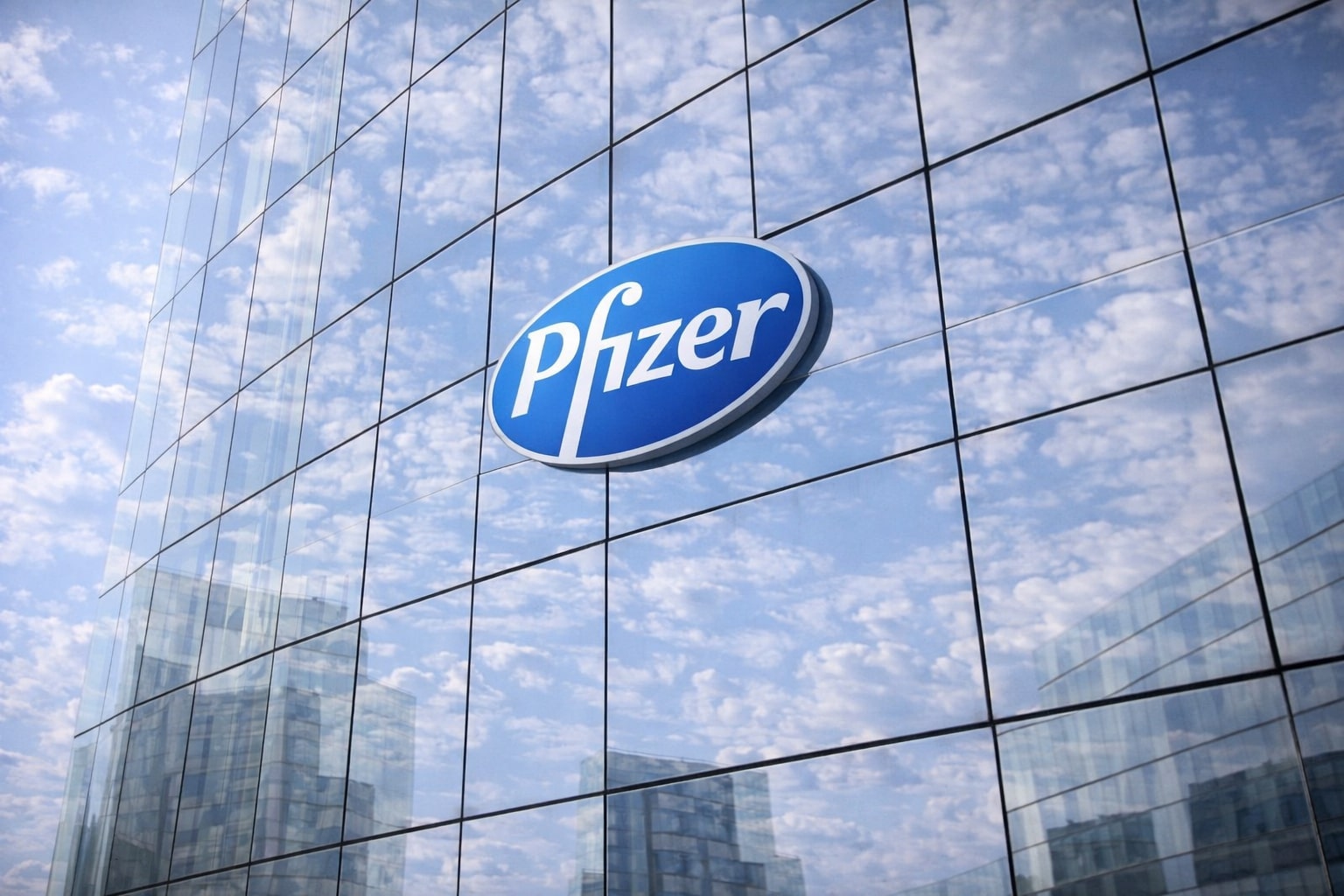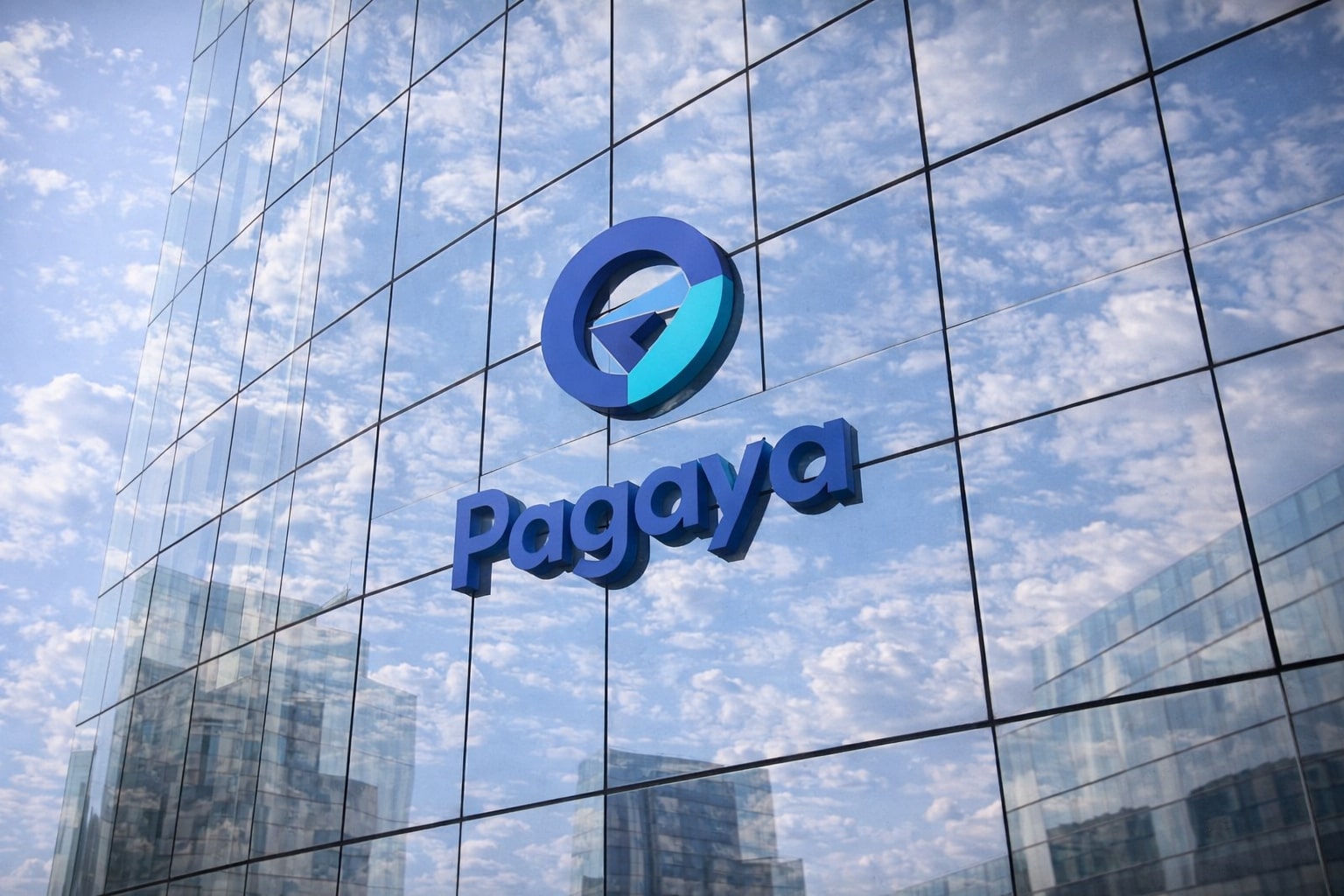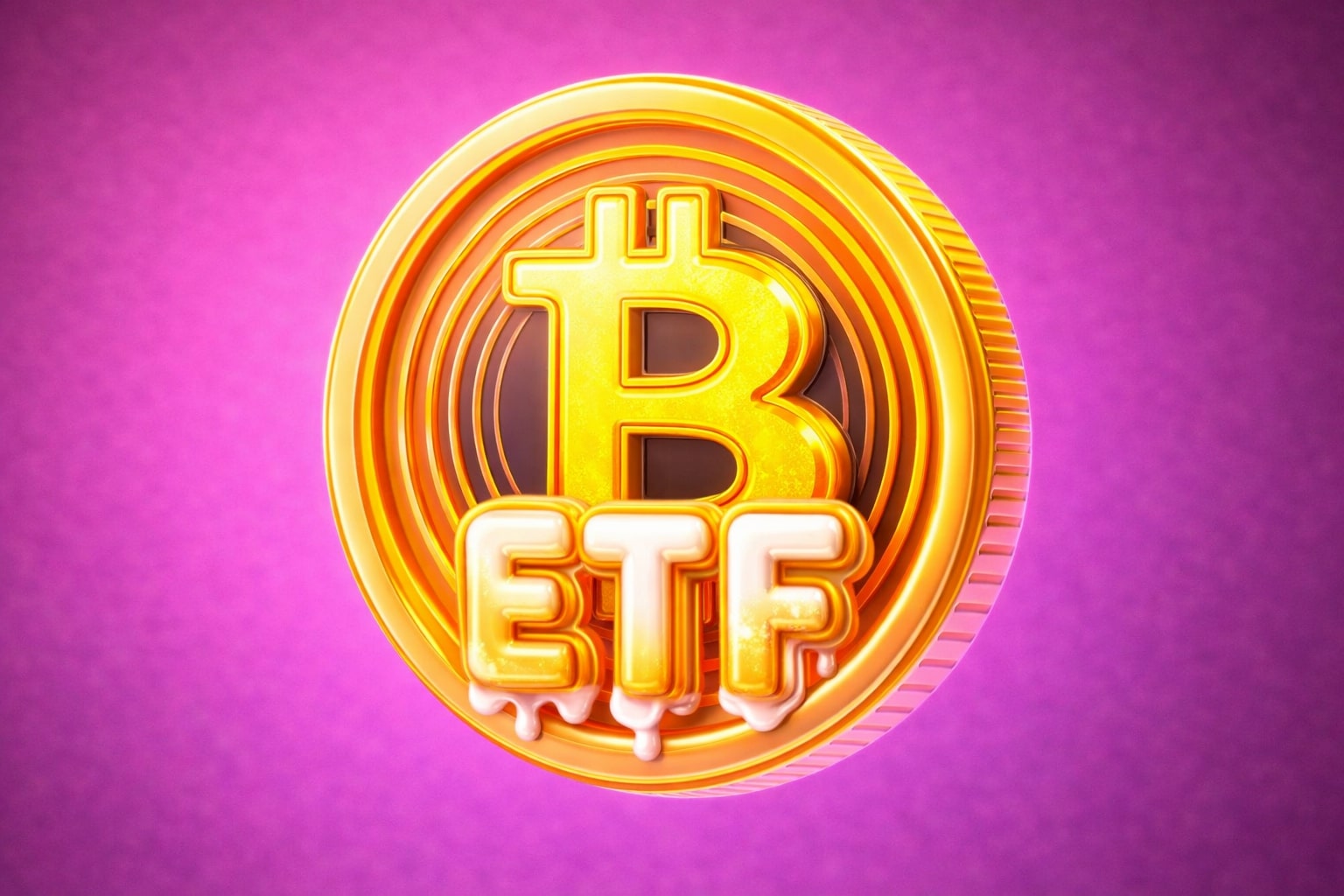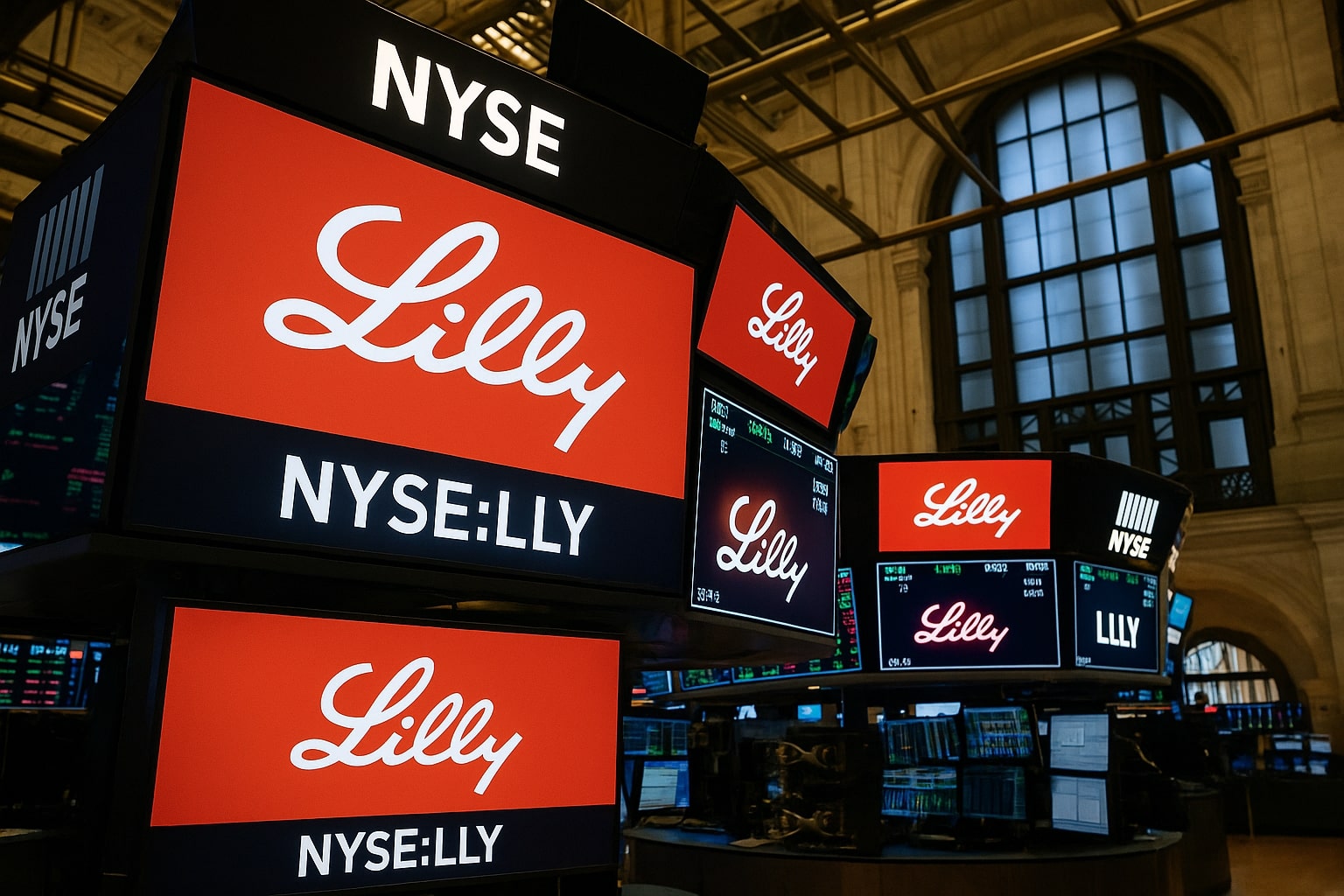
Eli Lilly (NYSE:LLY) Stock at $703.9 Eyes Recovery as Mounjaro & Zepbound Sales Surge
LLY rebounds from recent lows with obesity drug sales accelerating, insider buying signaling confidence, and analysts targeting $907 on the path to $1 trillion valuation | That's TradingNEWS
Eli Lilly (NYSE:LLY) Stock Under Pressure and Rebound Prospects
Shares of Eli Lilly (NYSE:LLY) have endured a volatile stretch, pulling back sharply from record highs, before showing signs of recovery driven by blockbuster sales of Mounjaro and Zepbound. After sliding to lows near $622 following disappointing trial data for its oral obesity pill Orforglipron, the stock rebounded toward $704, though it still trades below key technical levels with EMA21 at $716, EMA50 at $746, and EMA200 at $782. Despite the correction, Eli Lilly remains the largest U.S. healthcare company by market cap, commanding roughly $600 billion, and analysts continue to see a pathway to $1 trillion over the next several years if its obesity and diabetes portfolio maintains momentum.
Blockbuster Growth in Mounjaro and Zepbound Sales
Second-quarter 2025 earnings highlighted the weight of Eli Lilly’s cardiometabolic franchise. Mounjaro revenue surged 68% year over year to $5.2 billion, while Zepbound sales spiked 172%, underscoring extraordinary demand in the global obesity market, which is expected to quadruple from $15 billion to $60 billion by 2030. Consolidated revenue rose 38% in Q2 to $15.9 billion, while EPS climbed 92% to $6.29. Gross margins improved to 84.3%, demonstrating the profitability of its GLP-1 therapies. Management raised its FY2025 guidance to $60–62 billion in revenue and non-GAAP EPS of $21.75–$23.00, compared with $15.0 billion in FY2024. These upward revisions came despite competition from Novo Nordisk (NVO), whose Wegovy and Ozempic remain formidable rivals. Lilly’s scale advantage and dual-action tirzepatide therapies suggest continued outperformance, with consensus projecting Mounjaro sales of $18.4 billion in 2025 and $22.8 billion by 2026.
Regulatory and Pricing Pressure Under Trump’s Drug Policy Push
Headwinds have also emerged. President Donald Trump has demanded that 17 major pharmaceutical companies, including Eli Lilly, lower U.S. prices to “Most Favored Nation” levels within 60 days. These demands follow executive orders targeting inflated drug pricing and could constrain margins if enforced. To counter criticism, Lilly has already adjusted prices internationally, such as a 170% hike for Mounjaro in the UK from £122 to £330, signaling its strong pricing power. While Trump’s rhetoric has rattled investor sentiment, many see it as a negotiation tactic similar to his prior tariff maneuvers. Still, heightened scrutiny could weigh on R&D budgets and valuations across the sector.
Insider Buying Signals Confidence in Undervaluation
Market confidence received a boost after notable insider transactions. Following the August sell-off, CEO David Ricks and CFO Montarce Lucas purchased approximately $1.0 million and $500,000 of shares, respectively. Several directors joined in, building a cluster of insider buying rarely seen at Eli Lilly. This activity suggests management views the stock as undervalued after its correction. On valuation, the trailing P/E multiple has dropped nearly 30% below its five-year average, and the forward P/E of ~28 trades at a discount to its historic range, despite the company growing revenue at 30%+ annually. While its price-to-sales ratio of ~10x is above sector medians, the market appears willing to pay a premium for Lilly’s dominant position in obesity and diabetes therapies.
Competition with Novo Nordisk and Market Share Battles
Lilly holds approximately 57% of the GLP-1 market share as of Q2 2025, compared with Novo’s 43%, but the race remains fierce. Novo recently secured FDA approval for Wegovy in metabolic dysfunction-associated steatohepatitis (MASH), while Lilly’s tirzepatide also showed strong MASH efficacy in mid-stage trials. Sales trajectories suggest Lilly will overtake Novo outright in GLP-1 market leadership in 2025, with Zepbound expected to climb from $4.9 billion in 2024 to $12.5 billion in 2025, reaching $18.1 billion by 2026. Novo, however, may regain ground if its 25 mg oral semaglutide wins FDA approval before year-end, while Lilly’s orforglipron Phase 3 data underwhelmed with 11% average weight loss, compared with Zepbound’s 20% and Wegovy’s 13%. The transition from injectables to oral therapies could reshape market dynamics, leaving Lilly vulnerable if Novo’s pill launches ahead of schedule.
Research, Acquisitions, and Long-Term Innovation Pipeline
Beyond GLP-1s, Lilly has aggressively invested in R&D and acquisitions, including SiteOne Therapeutics and Verve Therapeutics, bolstering its neuroscience and cardiovascular pipelines. Oncology drugs like Verzenio and Jaypirca, immunology therapy Olumiant, and migraine treatment Emgality diversify revenue streams across 95 countries. Q2 results showed double-digit growth across multiple segments, supported by operational leverage and rising global demand. Cash flow expanded 142% over the past year, net income jumped nearly 60%, and return on equity surged 42%. With a forward PEG ratio of 0.87—about 50% below sector averages—the stock still screens attractively on growth-adjusted metrics, despite a forward EV/EBITDA multiple near 22x, which is richer than peers.
Valuation, Technical Setup, and Path to $1 Trillion
At $703.9 per share, Eli Lilly trades 25% below some analyst targets of $800, with Wall Street’s average consensus near $907, implying 41% upside. On a forward EPS projection of $30.18 in FY2026, the forward P/E would compress to ~21x, significantly below its historical multiples. The stock’s pullback leaves it consolidating below resistance, but a decisive move above $746 would reestablish bullish technical momentum. Support rests at $670 and $622, while sustained insider accumulation strengthens the floor. With EBITDA growth of nearly 60% and dividend hikes of 15% annually, Eli Lilly has the fundamentals to justify a higher valuation multiple. If consensus estimates hold, EPS could approach $53 by 2030, supporting a valuation above $1.2 trillion and positioning Eli Lilly as the first healthcare stock to achieve the symbolic $1 trillion milestone.
That's TradingNEWS
Read More
-
GDX ETF at $88 While Gold Tests $4,400: Are Gold Miners Poised for $100?
19.12.2025 · TradingNEWS ArchiveStocks
-
XRP ETF Boom: XRPI at $10.94 and XRPR at $15.49 as XRP-USD Clings to the $1.80–$1.90 Zone
19.12.2025 · TradingNEWS ArchiveCrypto
-
Natural Gas Price Forecast: NG=F Hovering Near $3.92 As Weather, LNG And Storage Collide
19.12.2025 · TradingNEWS ArchiveCommodities
-
USD/JPY Price Forecast - Dollar to Yen Near 157 as BoJ’s 0.75% Rate Hike Backfires on the Yen
19.12.2025 · TradingNEWS ArchiveForex














